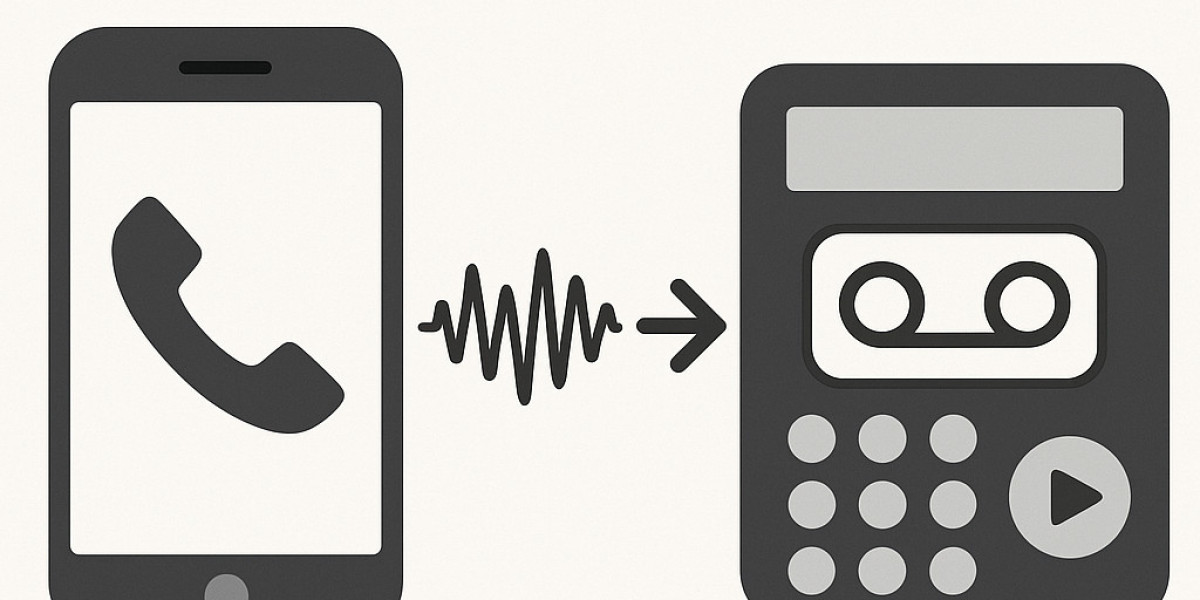Answering Machine Detection (AMD) is a vital component of modern telecommunication systems, particularly in industries reliant on automated outbound calling such as telemarketing, customer service, political campaigns, and debt collection. Answering machine detection technology allows calling systems to distinguish between a live human answering the call and an automated device such as voicemail or an answering machine. By accurately identifying the nature of the call recipient, AMD improves operational efficiency, enhances agent productivity, and reduces unnecessary wait times.
What Is Answering Machine Detection?
Answering Machine Detection is an algorithmic process used in autodialing and predictive dialing systems to analyze call responses and determine whether the call was answered by a human or an answering machine. Once the system detects an answering machine, it can either leave a pre-recorded message or disconnect the call depending on the campaign strategy.
AMD technology typically works within the first few seconds of a call. It uses various signal-processing techniques and pattern recognition algorithms to assess audio characteristics such as:
Silence duration
Voice energy patterns
Speech cadence
Tonal characteristics
Initial greeting length
Importance of AMD in Call Centers
Call centers often handle thousands of calls daily, and without AMD, a significant portion of an agent’s time could be wasted waiting for human responses that never come. Here's why AMD is so critical:
Increased Agent Efficiency
By filtering out calls that reach voicemail, AMD ensures that live agents only speak with real people, maximizing their productive time.Higher Call Throughput
Automated filtering increases the number of successful human interactions per hour.Cost Efficiency
It reduces operational costs by minimizing the time spent on unsuccessful calls.Optimized Campaign Performance
Marketing and outreach campaigns become more targeted and effective when live interactions are prioritized.
How AMD Works
Call Initiation:
The autodialer places the call and connects once it’s answered.Signal Analysis:
The system captures the first few seconds of the recipient’s response.Pattern Detection:
The algorithm assesses key parameters:Voice duration: Longer monologues often indicate voicemails.
Pauses and silences: Natural conversation pauses differ from machine responses.
Background noise: Machines typically play pre-recorded messages in silence.
Classification:
The system determines if the response is from a human or machine.Action Based on Result:
Human: Connect to a live agent.
Machine: Play a voicemail message or hang up.
Key Features of Advanced AMD Systems
Real-time processing with sub-second detection.
Customizable settings for varying detection sensitivity.
Integration with CRMs and dialers for seamless workflow.
Voicemail drop automation for consistent messaging.
Language and accent recognition to enhance accuracy.
Challenges in Answering Machine Detection
Despite its benefits, AMD is not without challenges:
False Positives and Negatives:
Misclassification of a human as a machine (false negative) or vice versa (false positive) can disrupt campaign effectiveness.Legal and Compliance Risks:
In regions with strict telemarketing laws, false detections may lead to compliance violations if automated messages are played to humans.Voice Diversity:
Variations in accent, tone, and speech patterns across demographics can affect accuracy.Latency:
The need to wait for detection results can cause delays in conversation, which may confuse real customers.
Best Practices for Using AMD
Optimize Detection Thresholds:
Adjust the balance between accuracy and speed to fit campaign needs.Use Voicemail Drop Judiciously:
Ensure pre-recorded messages comply with regulations such as TCPA (Telephone Consumer Protection Act) in the U.S.Monitor Performance Metrics:
Track false positive/negative rates and fine-tune algorithms based on historical data.Provide Opt-Out Options:
Give recipients the ability to opt out of future automated calls to stay compliant and build trust.
Applications Across Industries
Telemarketing: Increase ROI by focusing agents on live calls.
Collections: Reach debtors directly, avoiding unproductive voicemail drops.
Political Campaigns: Deliver personalized messages to voters only when live.
Customer Surveys: Skip machines to ensure high-quality data collection.
The Future of AMD
As artificial intelligence and machine learning continue to evolve, AMD systems are expected to become more accurate, adaptive, and multilingual. Future advancements may include:
Deep learning-based detection
Real-time sentiment analysis
Voice biometric verification
Contextual recognition of multi-lingual or regional variations
These innovations aim to overcome the limitations of current systems and open new opportunities for personalized, efficient customer engagement.
Conclusion
Answering Machine Detection is a cornerstone of efficient automated calling strategies. When implemented thoughtfully, it empowers businesses to make the most of their outreach efforts, maintain compliance, and enhance customer satisfaction. While there are challenges in perfecting the technology, ongoing advancements promise to make AMD smarter, faster, and more reliable across all sectors.








